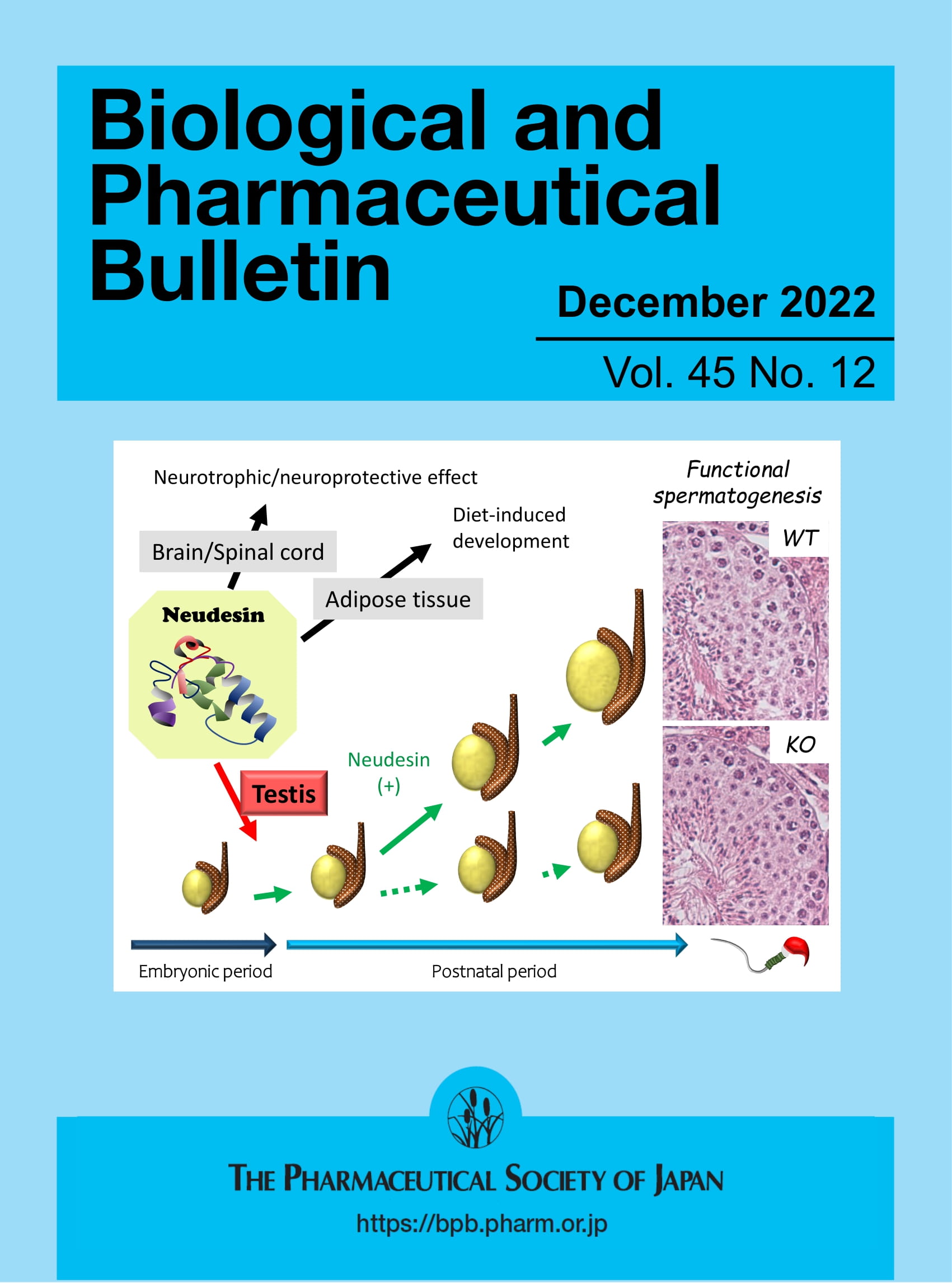Determination of Free Amino Acid Concentrations in Bovine Plasma Using High-Pressure Liquid Chromatography With Electrospray Ionization Mass Spectrometry Detection
Abstract
Rationale
Quantification of free amino acid concentrations in plasma has become an important tool in monitoring the health of dairy cows and health of their offspring under various management regimes, especially diet. Consequently, it was desirable to develop a robust, accurate, medium-throughput method to quantitate free amino acid concentrations in bovine plasma.
Methods
Bovine plasma was deproteinated with methanol and amino acids partially purified using cation exchange resin. Samples were then subjected to precolumn derivatization with phenyl isothiocyanate, followed by high-pressure liquid chromatography with positive electrospray ionization single quadrupole mass spectrometry detection for analysis. The corresponding 13C and 15N labeled amino acids (mass unit difference > 3) were used as internal standards, while deuterium labeled standards were used for other metabolites.
Results
All 20 amino acids showed linear fits to their individual calibration curves (correlation coefficients > 0.99) with concentration range of amino acids measured from 5 to 600 μM. Coefficient of variation (CV) values for the concentrations measured for all amino acids ranged from 2.0 to 6.7 for intraday aliquots and from 1.0 to 4.6 for interday aliquots with the exception of aspartic acid (11.1 and 12.6 for intraday and interday, respectively).
Conclusions
The use of a stable isotope labeled version of each amino acid analyte as internal standard added to plasma samples at the beginning of the procedure corrected for any losses, instrument variability, and chemistry of derivatization. Use of this method to quantify bovine plasma amino acids will allow better understanding of physiological processes underlying nutritional interventions in dairy production systems and may be more broadly applicable to ruminant and other animal production systems.


 求助内容:
求助内容: 应助结果提醒方式:
应助结果提醒方式:


